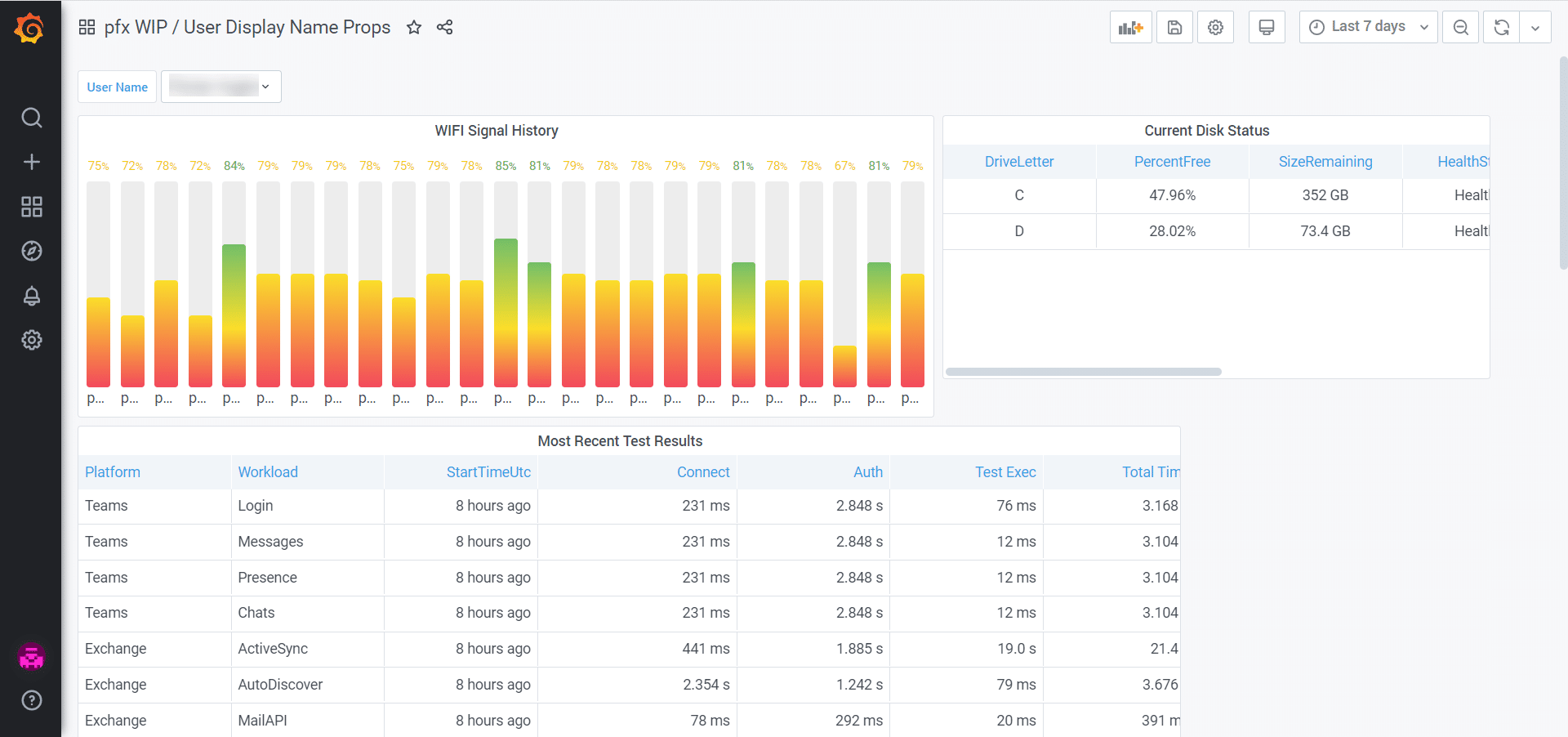How can you tell the true user experience for Microsoft 365 performance?
Microsoft guarantees 99.9% uptime for M365, but that doesn’t ensure every user is having excellent response time.
A user may have an old wireless router at their home office. They may have a slow ISP connection. In most cases, bad performance and slow response times are not caused by the Microsoft cloud. And with so many knowledge workers accessing M365 from home these days, and with organizations relying on Teams for voice and video calling, it places more pressure on IT support groups to understand the root cause of poor performance so they can troubleshoot the issues effectively. According to recent research from Gartner, nearly half of US employees will continue to work remotely for at least some of the time post-pandemic.
That is why it is so important to gather user experience metrics from the source endpoints. Only when you link the client-side systems and devices to the performance analytics do you have a full understanding of application performance for cloud services like M365. A new module available in OfficeExpert helps provide organizations the exact data analytics they need for full, end-to-end assessments on M365 performance.
If you would like to take a more proactive approach to managing your M365 user experience levels, then you need to start at the endpoint and monitor the complete picture including the following:
- Headset and audio device performance
- Computer speed and available memory
- Home networking speed
- Internet Service Provider (ISP) routing and performance
- Microsoft cloud service performance and response time
How Endpoint Monitoring Works
OfficeExpert EPM includes a lightweight software application that is securely deployed in seconds to the user endpoints in your organization, including laptops, smartphones and Teams integrated solutions (i.e. Teams Meeting Rooms and Surface Hubs). This device agent runs in the user context, not needing admin rights, and collects data directly from the device, tracking application performance and network speeds, letting you view the user experience as if you were standing over their shoulder. These agents gather performance data continually and report back to a central application where the information is aggregated and indexed for analysis and reporting.
This process allows an organization to objectively monitor the user experience from each endpoint. As new users connect to the environment, or existing users upgrade their devices, they will receive the device agent application to start tracking their performance. All devices and corresponding performance metrics related to a specific user are organized under their profile by leveraging their unique identity.
How Endpoint Monitoring Helps
OfficeExpert EPM provides end-to-end visibility of the exact experience employees encounter in their daily work life with M365. The solution enables you to proactively resolve end-user IT issues to improve their experience. You can quickly identify old, unsupported headsets that have been known to cause problems. Dashboards showcase what users have poor performance on their home networks, or slow ISP response times. By providing visibility into all the components involved in M365 response times, OfficeExpert EPM helps organizations diagnose and quickly respond to user experience issues before they become chronic problems.
By leveraging real-time and historic data about M365 application performance at global, local, and individual levels an organization can pinpoint, resolve, and often prevent disruptions to service that affects productivity and employee morale. The four main benefits provided by OfficeExpert EPM include the following:
- Faster Root Cause Analysis and Troubleshooting
- Proactive Remediation by Tracking Performance Trends
- Evaluate Device Performance to Optimize Employee Hardware and Home Network Provisioning
- Quickly Identifying Regional M365 Outages to Inform Users and Possibly Re-Route Their Access
True experience monitoring for M365 performance begins at each and every endpoint.
End-user productivity relies on IT’s clear understanding of how the endpoint is performing and the ability to remedy issues in a timely fashion. If you are interested in finding out more about the OfficeExpert EPM solution and how it can help you optimize performance for your Microsoft 365 environment, please access our website at https://panagenda.com/officeexpert


